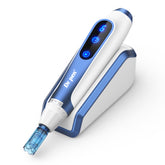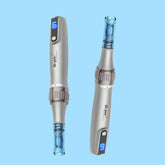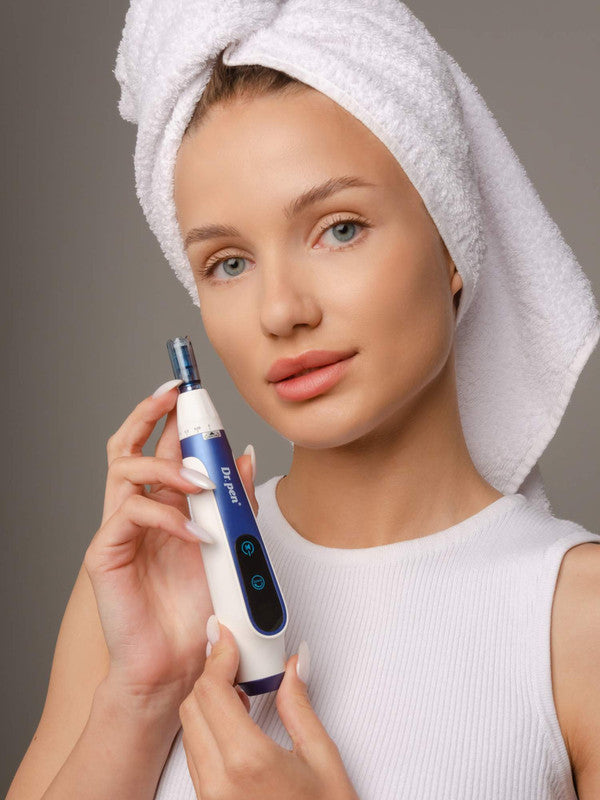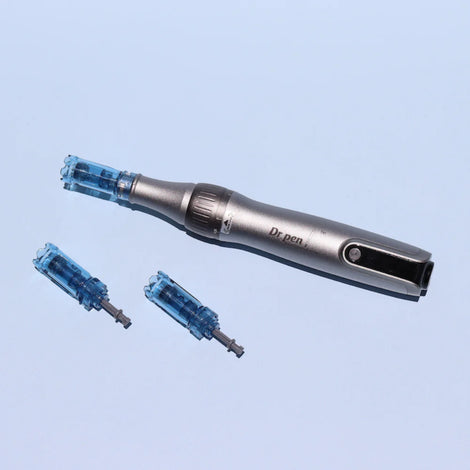Most of us start life with smooth, unmarked, even-toned skin. But our “birthday suits” take on more color and texture with every passing year.
Spots, blotches, and wrinkles that show up over time are really signs of the sun’s damage to your skin. So is a suntan. The sun’s beams bring out a chemical in your body associated with melanin, which darkens your skin, part of an effort to protect it.
Other kinds of damage aren’t as easy to spy. Your regular doctor or one who treats skin problems, called a dermatologist, can examine you from head to toe to look for clues. Here are some of the most common signs of sun damage:
Sunburns may last only a few days, but they add up to skin problems later in life. When you have a mild sunburn, your skin turns red and feels painful and warm to the touch. You may be itchy, and your skin may peel. Blisters mean you have a bad burn. See a doctor if you have severe pain or a fever of 101 F or higher for longer than 48 hours.
Actinic keratoses are scaly, rough patches of skin or raised bumps that look like warts or horns. They usually show up on your face, scalp, ears, neck, arms, and hands. They can be dark tan, red, pink, or the same color as your skin, and they can come and go. Sometimes they itch. Your doctor will want to watch for changes in these spots and maybe even remove them. Up to 10% can turn into skin cancer.
Actinic cheilitis is a form of actinic keratosis on your lips. If they’re always dry or split or you have a white, scaly spot on your bottom lip, let your doctor know.
Age spots, also called liver spots or lentigines, might look like extra-large freckles. These discolored areas, which can be as big as a quarter, tend to get darker and show up more often with age. A spot that was tan when you first noticed it in your 30s can turn brown and then dark brown in your 40s and 50s. Keep an eye on these spots, and tell your doctor if you notice changes in texture, a raised surface, more than one color within the spot, sudden darkening, or an oddly shaped border.
Atypical moles are very common, but it’s important to watch for changes to them. If you have one that grows, has an irregular border or uneven surface, changes color, itches, bleeds, or gets darker, it’s time for a trip to the doctor’s office.
Rosaceacan be another way the sun affects you. Sun rays are powerful enough to harm the small blood vessels under your skin. So when you blush or flush, fluid leaks out and causes red blotches and bumps on your face. It usually comes and goes at first, but the condition can stick around over time. It’s most common in white women between the ages 30 and 60.
Wrinkles, laugh lines, crow’s feet -- whatever you call them, they’re a sign of your time in the sun. Exposure to sunlight, even long ago, frays the fibers that prop up firm skin. It speeds the wrinkling process and may give you sags and droops beyond your years.
Poikiloderma of Civatte, also known as sun aging, is a condition that colors the skin on your neck and cheeks a reddish-brown. It can come along with burning, itching, and extra sensitivity, too. If you suspect this problem, have a doctor look at it.
Spots, blotches, and wrinkles that show up over time are really signs of the sun’s damage to your skin. So is a suntan. The sun’s beams bring out a chemical in your body associated with melanin, which darkens your skin, part of an effort to protect it.
Other kinds of damage aren’t as easy to spy. Your regular doctor or one who treats skin problems, called a dermatologist, can examine you from head to toe to look for clues. Here are some of the most common signs of sun damage:
Sunburns may last only a few days, but they add up to skin problems later in life. When you have a mild sunburn, your skin turns red and feels painful and warm to the touch. You may be itchy, and your skin may peel. Blisters mean you have a bad burn. See a doctor if you have severe pain or a fever of 101 F or higher for longer than 48 hours.
Actinic keratoses are scaly, rough patches of skin or raised bumps that look like warts or horns. They usually show up on your face, scalp, ears, neck, arms, and hands. They can be dark tan, red, pink, or the same color as your skin, and they can come and go. Sometimes they itch. Your doctor will want to watch for changes in these spots and maybe even remove them. Up to 10% can turn into skin cancer.
Actinic cheilitis is a form of actinic keratosis on your lips. If they’re always dry or split or you have a white, scaly spot on your bottom lip, let your doctor know.
Age spots, also called liver spots or lentigines, might look like extra-large freckles. These discolored areas, which can be as big as a quarter, tend to get darker and show up more often with age. A spot that was tan when you first noticed it in your 30s can turn brown and then dark brown in your 40s and 50s. Keep an eye on these spots, and tell your doctor if you notice changes in texture, a raised surface, more than one color within the spot, sudden darkening, or an oddly shaped border.
Atypical moles are very common, but it’s important to watch for changes to them. If you have one that grows, has an irregular border or uneven surface, changes color, itches, bleeds, or gets darker, it’s time for a trip to the doctor’s office.
Rosaceacan be another way the sun affects you. Sun rays are powerful enough to harm the small blood vessels under your skin. So when you blush or flush, fluid leaks out and causes red blotches and bumps on your face. It usually comes and goes at first, but the condition can stick around over time. It’s most common in white women between the ages 30 and 60.
Wrinkles, laugh lines, crow’s feet -- whatever you call them, they’re a sign of your time in the sun. Exposure to sunlight, even long ago, frays the fibers that prop up firm skin. It speeds the wrinkling process and may give you sags and droops beyond your years.
Poikiloderma of Civatte, also known as sun aging, is a condition that colors the skin on your neck and cheeks a reddish-brown. It can come along with burning, itching, and extra sensitivity, too. If you suspect this problem, have a doctor look at it.





















